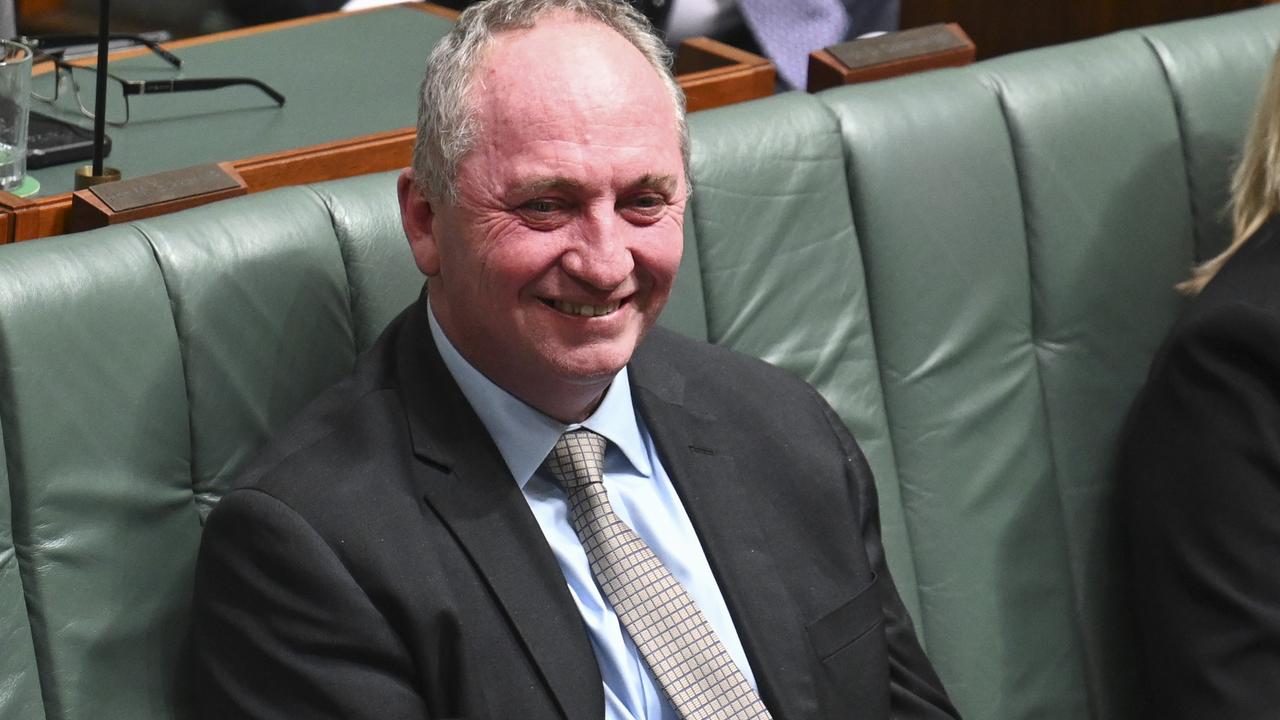‘Anxiety’: AMA Western Australia raises concerns about ‘influx’ of 150 Indian registrars
The AMA has raised concerns about an “influx” of 150 trainee doctors from India who are slated to arrive in Perth this month.
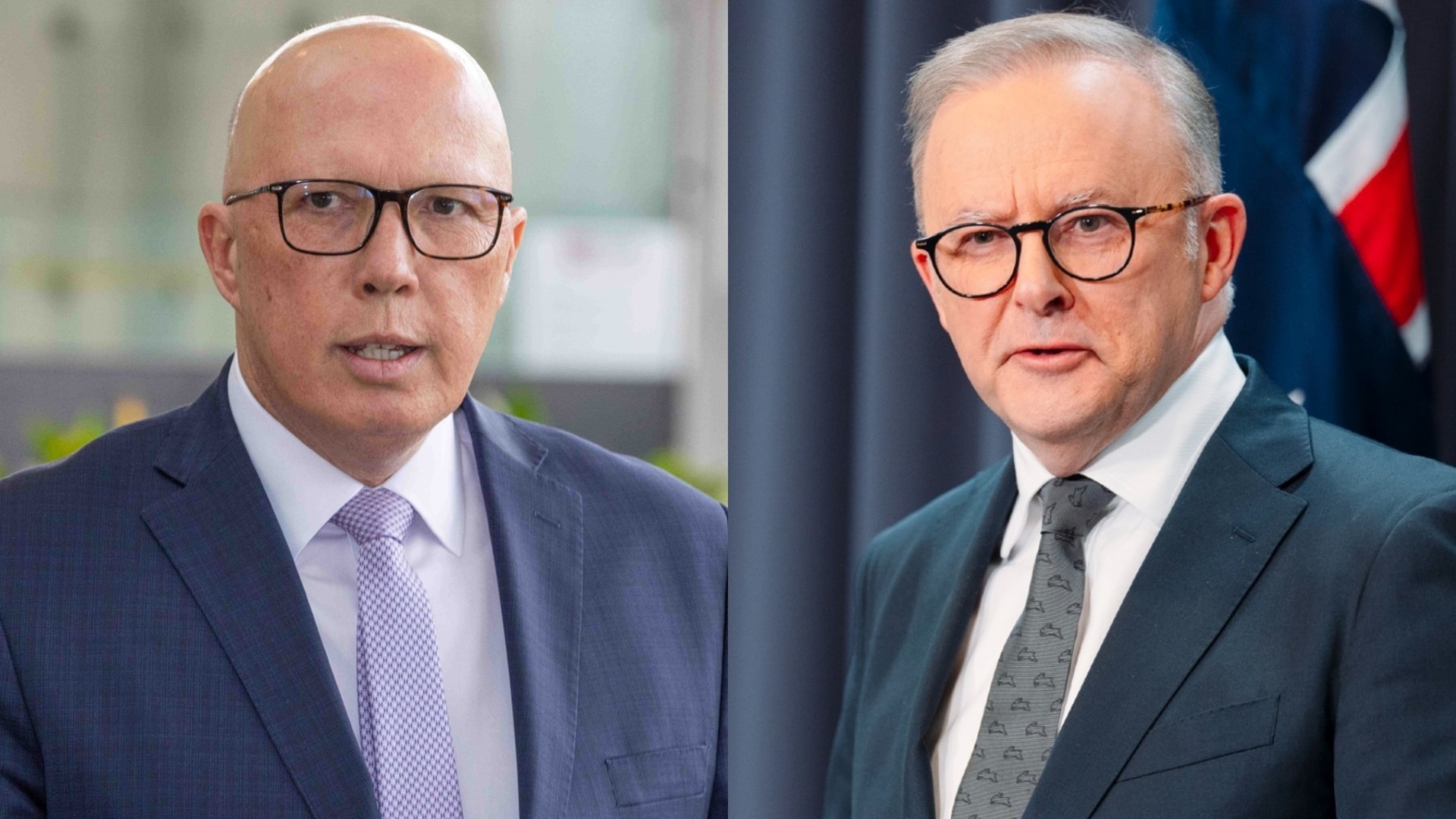
Illness
Don't miss out on the headlines from Illness. Followed categories will be added to My News.
The Australian Medical Association has raised concerns about an “influx” of 150 trainee doctors from India to work in Western Australia’s health system under a new program starting this month.
WA Premier Roger Cook announced the intake at the 2024 Gala Dinner of the Australian Indian Medical Association WA (AIMAWA) in November, telling attendees that the registrars “will arrive in Perth, ready to work across the State, in January 2025” as a result of a visit by Health Minister Amber-Jade Sanderson to India earlier in the year, according to the AMA WA.
Neither Mr Cook nor Ms Sanderson have made any official announcement and AMA WA president Dr Michael Page said the government had not provided any further information, including where the registrars would be working, their roles or when they would start.
Dr Page, who raised several “major issues” with the Health Minister in November but did not receive a response, said there was “a little bit of a lack of clarity” from the government.
“There wasn’t a lot of fanfare,” he told news.com.au.
“I suspect they don’t want to draw too much attention to it, in terms of bringing in large numbers of overseas-trained doctors … maybe worrying existing junior doctors that their future prospects of getting into specialty training will get even more competitive. That could be why they didn’t make a lot of noise about it.”

Dr Page said the “main feedback” from current medical students and doctors was “about their future prospects to get into training if we import large numbers of junior doctors”.
“Those concerns are very real,” he said. “Getting into specialty training is already highly competitive.”
He added that it was unclear whether the 150 were “doctors we weren’t otherwise going to get”, or if the government had just “centralised” the existing recruitment processes for various hospitals in order to make the announcement.
“I guess 150 is a reasonably large number but it’s not necessarily a game changer [if it’s doctors we were going to get anyway],” he said.
A spokeswoman for the state government said on Tuesday that the WA public health system “is always looking at ways to attract overseas health professionals into the system particularly in areas of need”.
“In January this year, Indian trained international medical graduates who have successfully completed the AMC 1 examination, will be able to apply to work in WA Health in a supervised clinical setting,” she said.
“Applications can be made through the central recruitment pool. Further work is also being undertaken to support opportunities for up to 150 Indian trained medical graduates, with relevant clinical experience, to undertake a tailored program of work in WA Health services, which will be finalised shortly.”
While he welcomed the additional resources to bolster the state’s overstretched health system, Dr Page said there were “major concerns” including “making sure these doctors are acculturated and welcomed into the system”.
“We know doctors face racism in our hospitals — it could be from other doctors, nurses or patients, but it’s real and so we need to be really mindful of that when they come in,” he said.
“We also just need to take a look at our ability to train doctors.”
According to Dr Page, during the dinner Ms Sanderson stated that “we will never be able to train enough doctors in Australia”.
“I think that’s defeatist,” he said.
“Of course we can. Yes, there will always be super-specialised skills we need to recruit internationally for, but we should be able to be optimised that we can be self-sufficient with training doctors.”
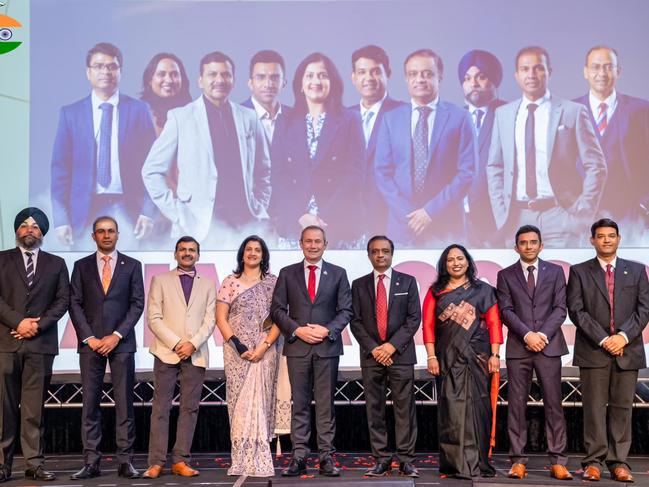
Dr Page said if Australia was reliant on “taking doctors from other countries, there’s an ethical question of whether we’re doing a disservice by taking their doctors away when we’ve got a global medical workforce shortage”.
“Should we be the ones that are taking doctors from other countries when we should be focused on training our own?” he said.
“That’s not at all in any way to denigrate Indian doctors. I work with a lot and they’re all excellent. We have no concerns about the quality of training.”
Dr Page blamed the chronic undersupply of homegrown medical graduates on a lack of funding from the federal government and “bottlenecks” in the state hospital systems.
“Training doctors is expensive,” he said. “We don’t graduate enough doctors from medical school then don’t provide enough training places.”
He argued that the reliance on overseas-trained doctors to fill the gaps was “not aspirational enough”.
“Yes, we’ve got to import doctors in the short term, because even if we increase training it will take 10 to 15 years to flow through,” he said.
“But there has to be that aspiration underneath, rather than continue to be so reliant.”
The WA government spokeswoman said the Cook government “has a proven track record in delivering good outcomes for the medical workforce”.
“This includes signing a new industrial agreement late last year that benefits 8000 medical practitioners in the public hospital system by giving them an immediate 4.75 per cent salary increase, followed by a salary increase of 3.75 per cent this year,” she said.
“Part of the new agreement also includes significant improvements to working conditions for junior doctors.”
She added, “The Australian Medical Association WA and the Cook government share a commitment to supporting our medical workforce and we look forward to working with them on more ways to do this.”
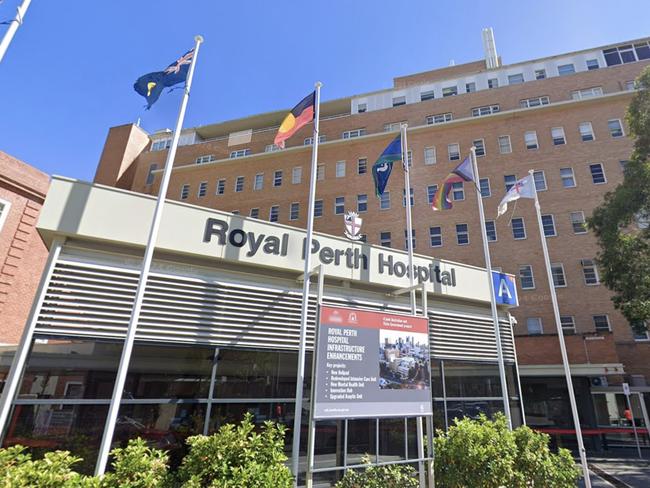
Dr Page’s comments come after he shared an update to members in a November 29 blog post.
“Firstly, the news of more registrars arriving — presumably working in medical, surgical and other roles, though this is to be confirmed — will be welcomed by our current registrar workforce, many of whom are burning out,” he wrote.
“Hopefully, we will see more reasonable workloads and better access to annual and professional development leave.
“Nonetheless, we also have a large number of medical students, interns and residents who are either actively seeking specialty training positions, or are looking to the future of having to do so with significant anxiety.
“Having doctors come into the system who are more advanced in postgraduate years and could potentially be competing for specialty training could compound this anxiety.
“This should not be mistaken for xenophobia — it simply points to the urgent need for expansion of specialty training positions across a wide range of specialties so that our profession can continue to serve the needs of our population, irrespective of the background of our members.”
Dr Page stressed that Indian-trained doctors “play an essential role in WA’s health system … and indeed, many other health systems around the world”.
“Make no mistake, the patients and communities of WA benefit from the excellent service of many overseas-trained doctors, including those from India and elsewhere,” he wrote.
“But we should aspire to self-sufficiency. An over-reliance on an ongoing inflow of overseas trained doctors deprives the countries of origin of those doctors, and exposes us to the ever-present risk of being caught short.”
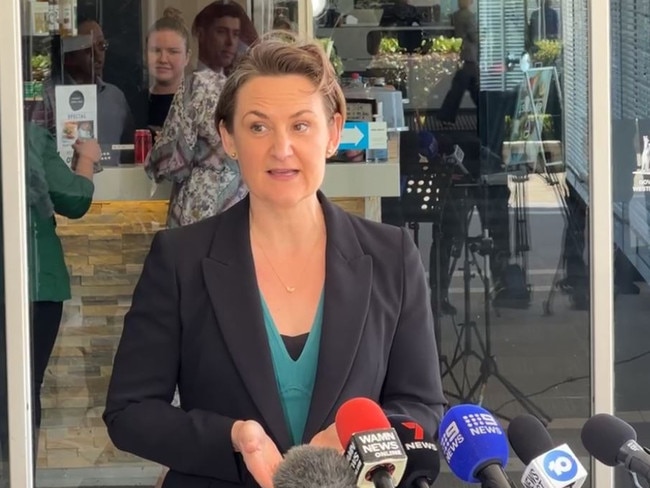
A 2022 study in the Journal of Migration and Health found India was now the biggest source of overseas-trained doctors, making up more than one fifth (21.3 per cent) of the Australian workforce, ahead of those trained in the UK on 19.3 per cent.
“The shift in countries of origin, from mainly UK and Ireland in those who arrived before 1990, to mainly southern Asia in the last 20 years, has been striking,” the study said.
“It is no surprise that Indian doctors are now the major contributor of international medical graduates (IMG) to Australia. India has a large population, a robust medical education system, and many links with its diaspora in Australia that facilitate chain migration. India is also the biggest exporter of medical practitioners to the USA and Britain.”
The study noted that a much larger proportion of overseas-trained doctors were in general practice compared with local graduates, at 56 per cent versus 37 per cent.
Visa requirements mean overseas-trained doctors are twice as likely to be practising in rural or remote areas.
Australia added an extra 2533 GPs between 2018 and 2023 for a total of 39,449.
But the federal government projects that an estimated shortfall of more than 800 GPs in 2024 will increase to 2600 by 2028 and 8600 by 2048, according to a supply-and-demand study published by the Health Department in August.
“While the number of GPs in Australia has grown, it remains insufficient to meet the healthcare needs of Australians … placing strain on both the health system and our current GP workforce,” the report warned.
“With an ageing population and higher incidences of chronic disease, the Australian community requires more GPs. However, not enough of our Australian medical graduates are choosing general practice as a career. We also know there is an issue with how GPs are distributed across the country, particularly impacting rural, regional and remote areas.”
The number of overseas-trained GPs grew by 2.2 per cent over the five-year period, more than triple the rate of Australia and New Zealand-trained graduates at 0.7 per cent.
GPs who obtained their medical qualification overseas made up 43 per cent of the workforce in 2023, but accounted for 54 per cent of the total GP full-time equivalent (FTE) — a measure of the primary care workload based on Medicare claims data.
The Health Department projects that the proportion of GPs who are Australian and New Zealand medical graduates will decrease from 53.3 per cent in 2023 to 47.6 per cent by 2048.
Over the same period, the proportion of female GPs is expected to increase from 49.6 per cent to 55.8 per cent, while the national average FTE per GP is expected to decrease from 0.74 to 0.72.
“The results forecast that GPs will on average provide less FTE by 2048 than they do currently,” the report said.
“This shift is likely driven by two competing factors. Our increasing reliance on IMGs will increase the average FTE as these GPs tend to provide higher average FTE in comparison to equivalent [Australian medical graduate] GPs. In contrast, the increasing workforce share of females will decrease average FTE as female GPs tend to provide lower average FTE than equivalent male GPs.”
Originally published as ‘Anxiety’: AMA Western Australia raises concerns about ‘influx’ of 150 Indian registrars





